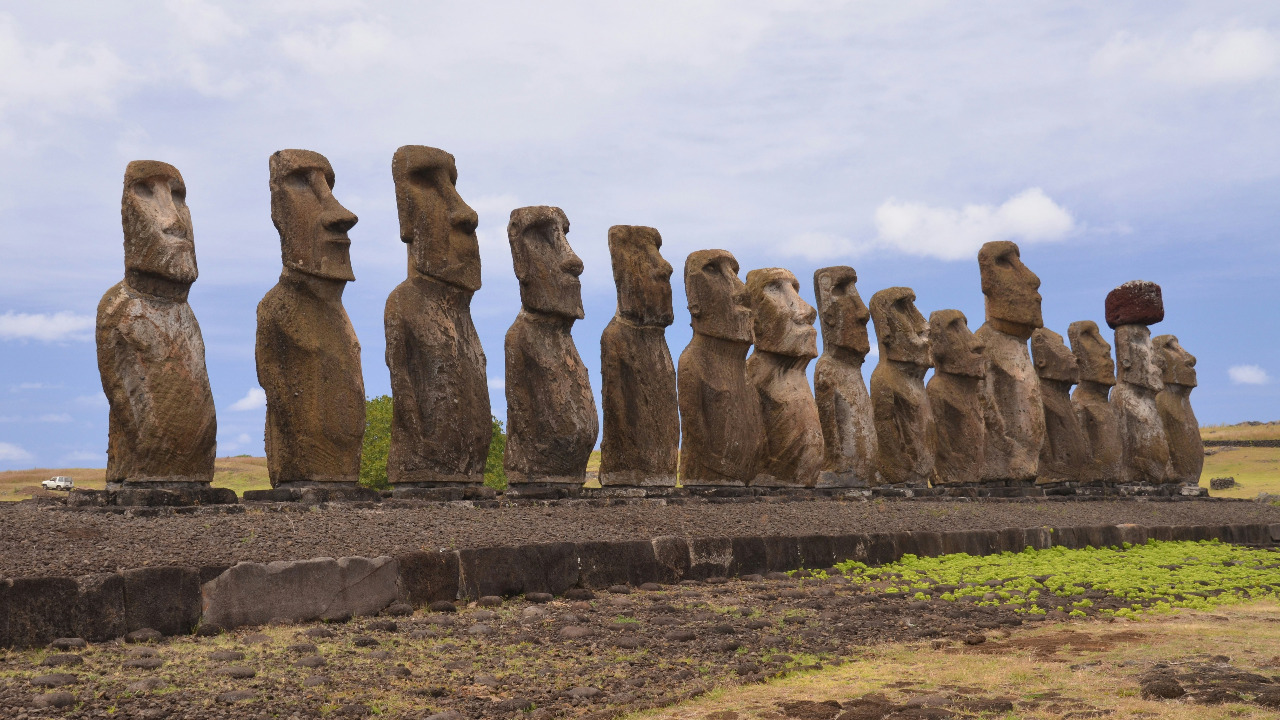
Rising sea levels pose a significant threat to the iconic Moai statues of Rapa Nui, commonly known as Easter Island, with predictions suggesting potential inundation by 2080. This looming threat not only jeopardizes the physical structures but also the cultural heritage of the Rapa Nui people and the global community who revere these statues as symbols of human history and ingenuity.
The Historical Significance of the Moai Statues
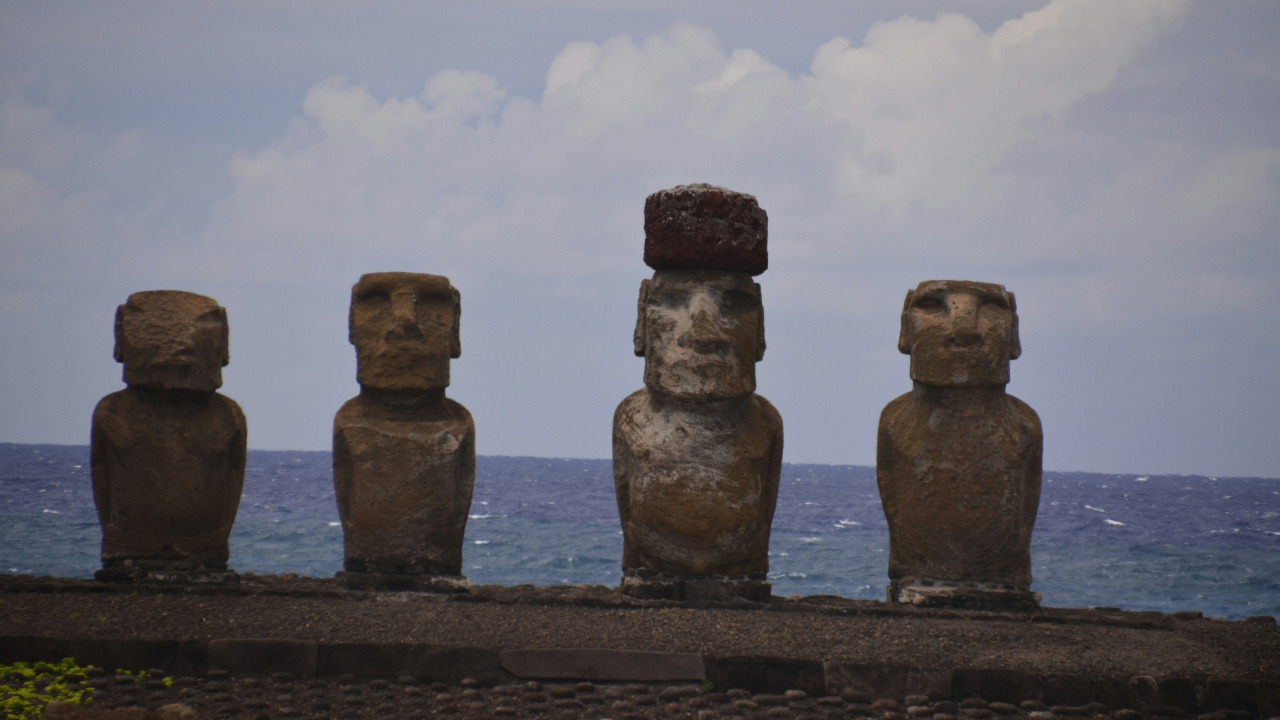
The Moai statues are much more than monumental figures; they are a testament to the Rapa Nui people’s ingenuity and cultural richness. Carved between 1400 and 1650 A.D., these monolithic structures were created using volcanic tuff found on the island. Each statue can weigh up to 82 tons and stand as tall as 33 feet, reflecting the significant effort and skill required for their construction. The origin and purpose of the Moai are rooted deeply in the island’s history, serving as representations of deified ancestors who were believed to project their mana, or spiritual power, over the community.
For the Rapa Nui people, the Moai are central to their cultural identity, embodying the spirits of their ancestors. These statues are strategically placed around the island, often facing inland to watch over the living descendants. This positioning underscores their role as guardians of the community and highlights their importance in the spiritual and social fabric of Rapa Nui culture. Beyond their cultural significance, the Moai are of immense archaeological importance, providing valuable insights into Polynesian history and culture. Researchers worldwide study the Moai to better understand the island’s societal structure, resource management, and the broader Polynesian migration patterns.
Current Environmental Threats to Rapa Nui
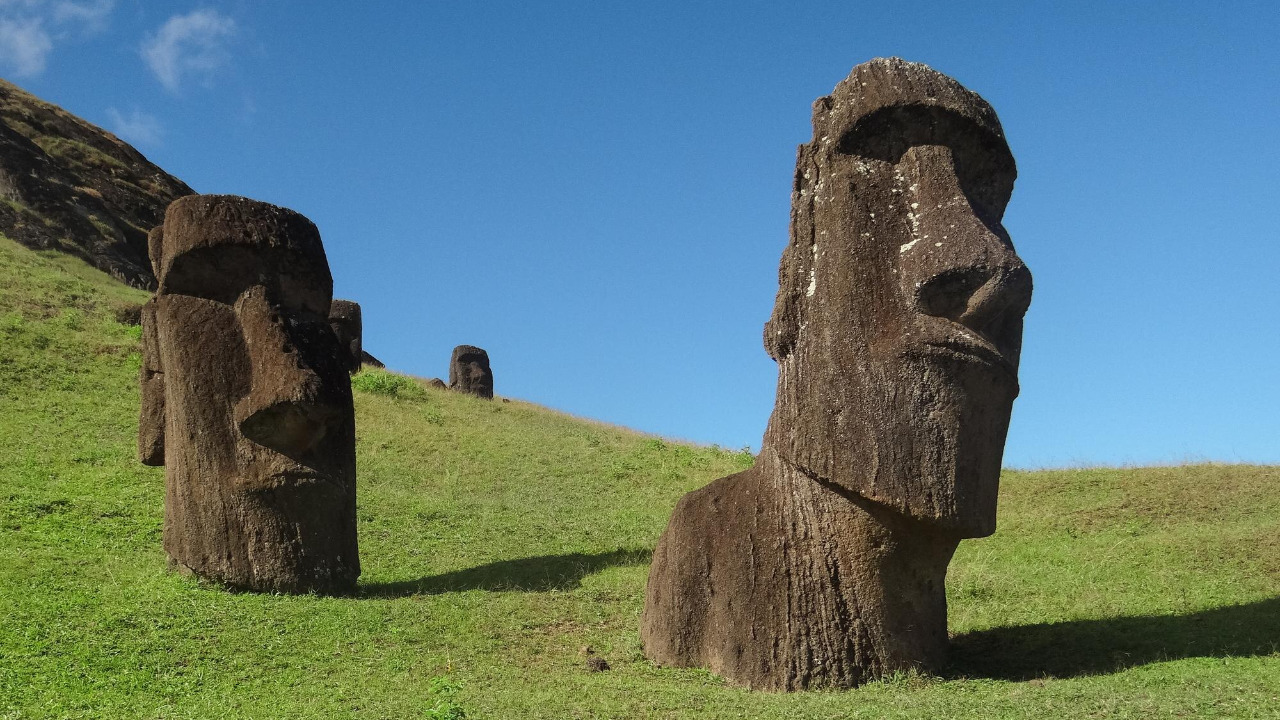
Climate change is a pressing issue globally, and its impact is acutely felt on Rapa Nui. According to recent studies, rising sea levels are predicted to significantly affect coastal regions, including Easter Island, which is vulnerable to such environmental changes. The risk of inundation threatens not only the Moai but also the island’s entire ecosystem. As seas rise, the coastal erosion rate accelerates, undermining the stability of these statues and the platforms, called ahu, upon which they stand.
Additionally, natural weathering and erosion processes are intensified by climate change, posing further threats to the Moai. Increased rainfall, temperature fluctuations, and extreme weather events contribute to the gradual degradation of these statues. Human activities, such as tourism, also exacerbate these challenges. While tourism is vital for the island’s economy, it presents significant conservation challenges. Balancing the influx of visitors with preservation efforts is a constant struggle, as increased foot traffic and development can further impact the fragile environment.
Potential Consequences of Inundation
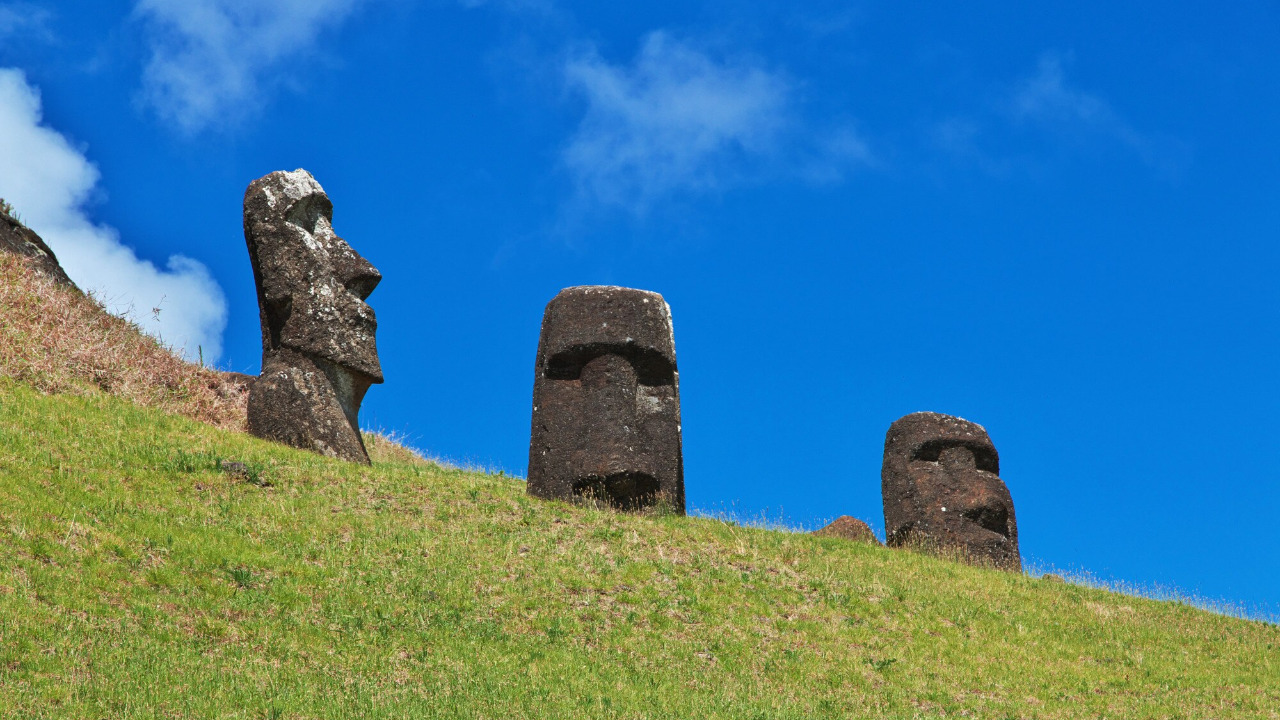
The potential inundation of the Moai statues carries profound implications for the Rapa Nui community and beyond. For the island’s inhabitants, these statues are more than historical artifacts; they are a living connection to their ancestors and cultural heritage. The loss or damage of the Moai would be a devastating blow to the Rapa Nui’s cultural identity, severing a vital link to their past. The economic implications are equally concerning, as the island’s economy relies heavily on tourism. The Moai are the main attraction for visitors, and their loss would likely lead to a significant decline in tourism revenue, affecting the livelihoods of many local residents.
Beyond the local impact, the potential loss of the Moai is a significant blow to global heritage. These statues are invaluable cultural and historical resources, offering insights into human history and achievements. Their inundation would represent a loss not just for Rapa Nui, but for the world, as it would diminish our shared cultural heritage and the historical narratives we pass down to future generations.
Conservation and Mitigation Efforts
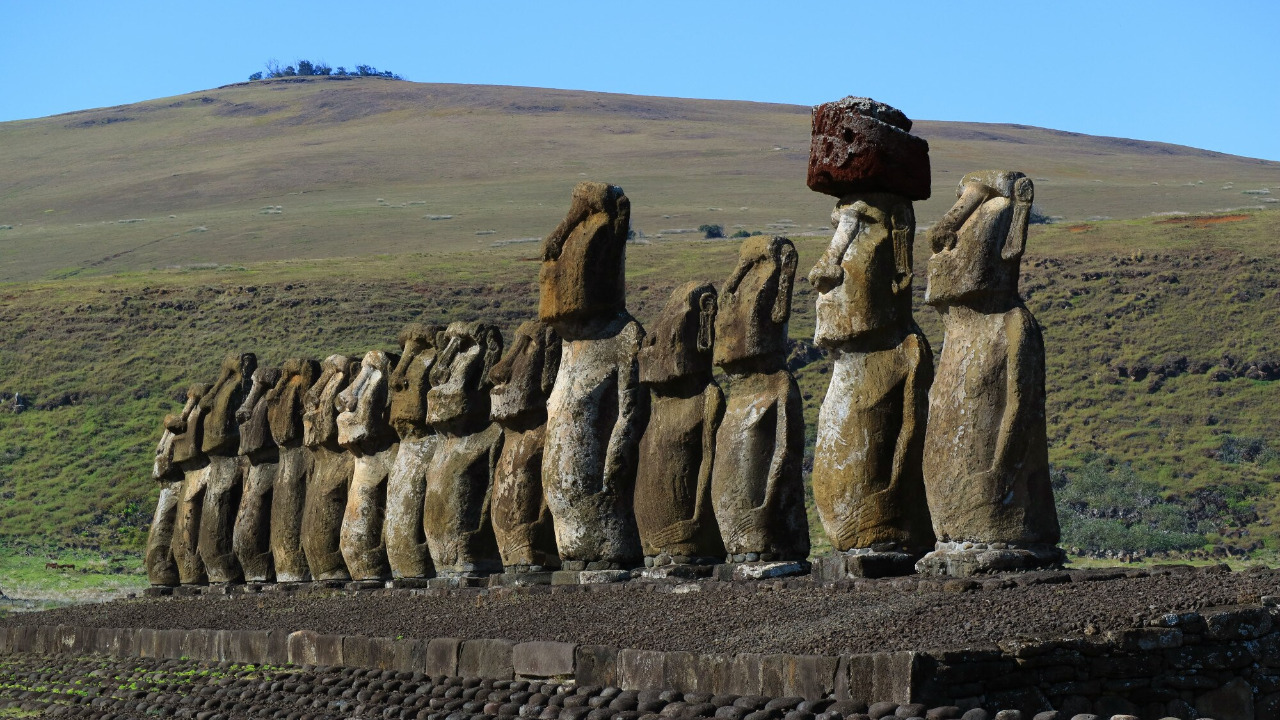
In response to these threats, various conservation strategies are being implemented to preserve and protect the Moai. Local and international organizations are working to monitor environmental changes and develop methods to safeguard these statues. Efforts include reinforcing the structures, improving drainage systems around the ahu, and employing advanced technologies to assess and mitigate erosion. One innovative approach involves using 3D scanning technology to create digital records of the Moai, ensuring that even if the physical statues are lost, their designs and details are preserved for future study and appreciation.
International cooperation plays a crucial role in these endeavors. The global community’s involvement is vital for pooling resources, expertise, and funding necessary for effective conservation. Collaborative projects, such as those led by UNESCO, aim to address climate change impacts and support local preservation efforts. These initiatives highlight the importance of a united front in combating environmental threats and underscore the shared responsibility of preserving our cultural heritage.
The Urgency for Action
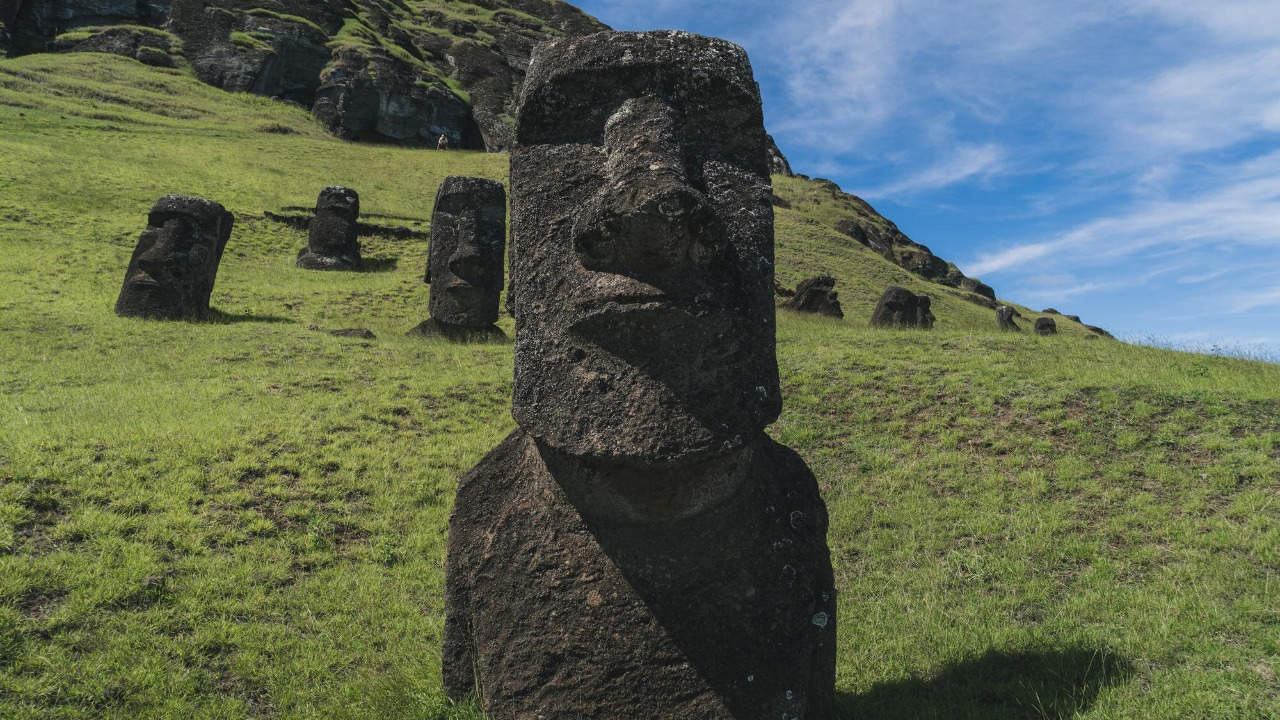
The threat to the Moai is a stark reminder of the urgency required to address climate change and protect cultural heritage sites worldwide. Time is of the essence, and immediate action is necessary to prevent irreversible damage. Raising awareness and advocacy are critical components of these efforts, as they mobilize support and resources for preservation initiatives. Campaigns that highlight the plight of the Moai can draw global attention to the issue, encouraging individuals and organizations to contribute to conservation efforts.
Furthermore, the challenges faced by the Moai offer a broader lesson for protecting other cultural heritage sites threatened by climate change. As we confront these challenges, the need for innovative solutions, international cooperation, and a commitment to sustainability becomes increasingly apparent. By learning from the situation on Rapa Nui, we can develop strategies to safeguard other at-risk sites, ensuring that our shared cultural legacy endures for future generations to appreciate and learn from.